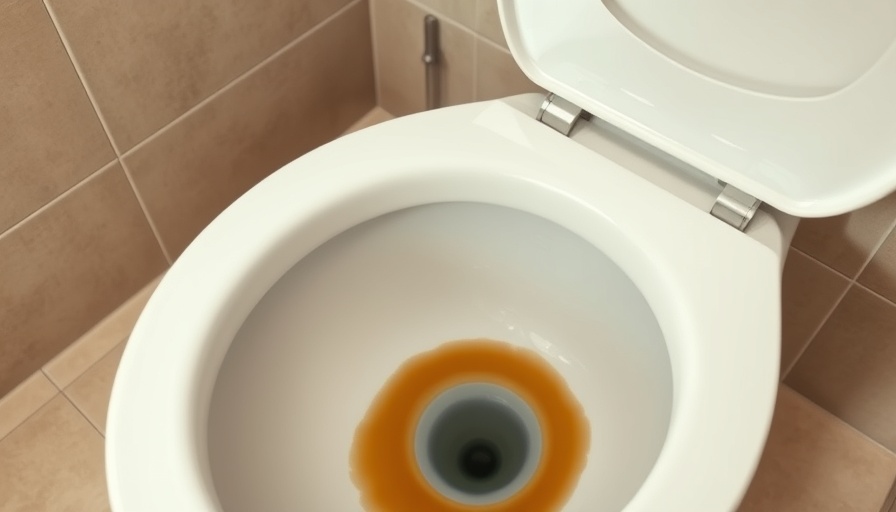
The Ultimate Guide to Clean Ceramic Tile Floors: Tips for Homeowners
Ceramic tile floors are not only known for their durability but also for their elegance, which makes them a popular choice among homeowners. However, as beautiful as they are, keeping these tiles clean and well-maintained is essential to preserve their aesthetic charm and functionality. In this comprehensive guide, we'll walk you through everything you need to know about cleaning ceramic tile floors, using safe methods and effective tools.
Understanding the Importance of Cleaning Ceramic Tiles
Ceramic tiles, while sturdy, are prone to accumulate dirt, dust, and stains. Regular cleaning is not just about aesthetics; it prevents scratches on the surface and fading of colors caused by debris and grime. Neglecting maintenance could lead to permanent discoloration and damage, especially to the grout lines, which are often more vulnerable to staining. Keeping tiles clean enhances their longevity and retains their shine, making your home look well-cared for.
Essential Tools and Materials for Ceramic Tile Cleaning
Before embarking on your ceramic tile cleaning journey, gather these essential tools:
- Soft broom or vacuum
- Steam mop
- Water
- Mild detergent or dish soap
- Baking soda
- Vinegar
- Microfiber cloths
- Toothbrush or soft-bristle brush for grout cleaning
- Towel for drying
Step-by-Step Guide to Clean Your Ceramic Tile Floors
Now that you have your tools ready, let's break down the cleaning process:
1. Regular Maintenance: Sweeping and Vacuuming
To avoid scratches and dull surfaces, sweep or vacuum your tile floors several times a week. Pay special attention to corners and high-traffic areas where dirt gathers. This quick step makes a significant difference in the long-term maintenance of your tiles.
2. The Right Cleaning Solutions
Choosing the right cleaning solution is crucial. Avoid harsh chemicals that can damage the tiles or discolor the grout. Instead, create a gentle cleaning solution using warm water mixed with a few drops of mild dish soap or a 50/50 vinegar-water mixture. This method is safe and effective for regular cleaning.
3. Mopping with Care
When mopping, ensure your mop is damp rather than soaking wet. Excess moisture can seep into grout lines and cause issues over time. Mop the tiles thoroughly, focusing on any visibly stained areas. If your tiles look particularly dirty, let the cleaning solution sit for a few minutes before wiping it away.
4. Addressing Stubborn Stains
For stubborn stains, consider using baking soda mixed with a little water to form a paste. Apply this paste to the stains, let it sit, and then scrub with a soft brush. Rinse well afterward. This method effectively tackles tough marks without damaging the tile.
5. Grout Cleaning Techniques
Grout lines can harbor dirt and grime, necessitating extra attention. Scrub these lines using a toothbrush or a soft-bristle brush. For optimal results, you can also utilize a special grout cleaner or a mixture of baking soda and water. Rinse well to ensure no cleaner residue remains.
Deep Cleaning Your Ceramic Tiles
For a more thorough cleaning, especially in kitchens and bathrooms: - Invest in a steam mop, which can sanitize and eliminate stubborn dirt without damaging tiles. - Alternatively, an electric floor washer can deeply cleanse both tiles and grout.
Keeping Your Shower Tiles Sparkling Clean
Shower tiles require consistent maintenance to prevent soap scum and mildew buildup. After every use, consider wiping down the surfaces with a squeegee. When cleaning, utilize a mix of vinegar and water to effectively combat soap residue.
Conclusion: Proactive Cleaning for Lasting Beauty
By following these straightforward cleaning tips, homeowners can keep their ceramic tiles looking brand new. Making cleaning a routine chore will not only enhance the appearance of your home but also protect your flooring investment. Don't wait for stains to set; engage in regular care to enjoy the beauty of your ceramic tiles for years to come.
If you're seeking further guidance or need supplies for your cleaning tasks, explore local home improvement stores or find reliable online resources to assist you in your DIY cleaning endeavors. Remember, a clean home is a happy home!
 Add Row
Add Row  Add
Add 




Write A Comment